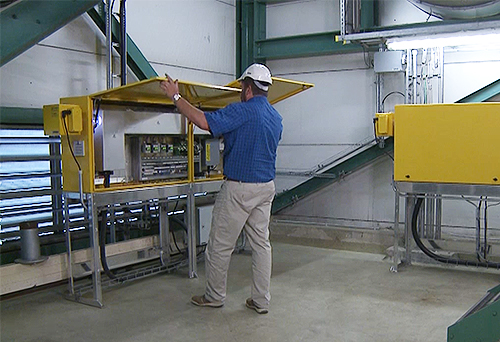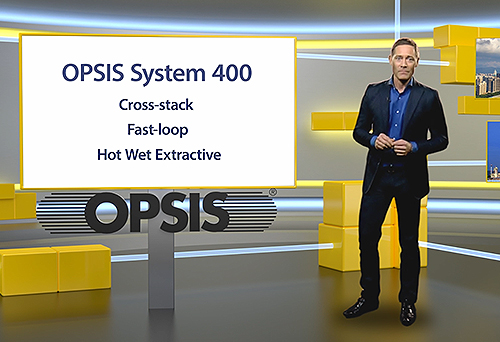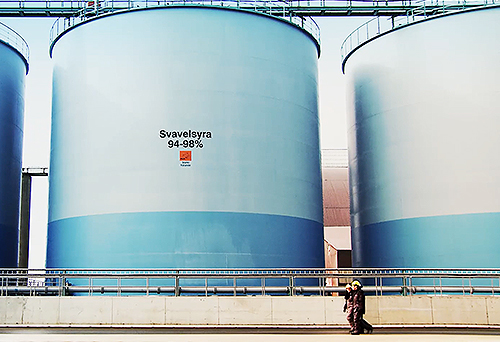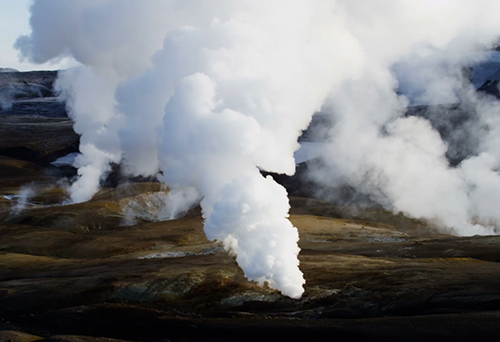The accessories that make the monitoring systems complete
Here are examples of some of the many accessories available for our systems for emissions monitoring and process control. We have the equipment to create the monitoring system that is best for the specific task.
CALIBRATION EQUIPMENT
Calibration is needed to show that the monitoring results agree with reality. If they do not, you can adjust the results of the instruments. There are several different products for calibrating the OPSIS monitoring system. Most often, the starting point is a calibration bench model CB100. It is used together with an emitter/receiver set (ER060) so that a monitoring path is formed along the bench.
Calibration is done by inserting one or more cells with transparent windows into the light path. Calibration gas of known concentration flows through the cells. Varying cell lengths or combinations of different cells make it possible to select different calibration points with one and the same gas source. Zero point calibration is done by measurements in the calibration bench without cells.
Gas cylinders with traceable and certified gas concentrations are usually used as a gas source. However, some gases cannot be supplied in cylinders, for example total mercury. In that case, an OPSIS LC500 gas calibrator is used to generate a known concentration.
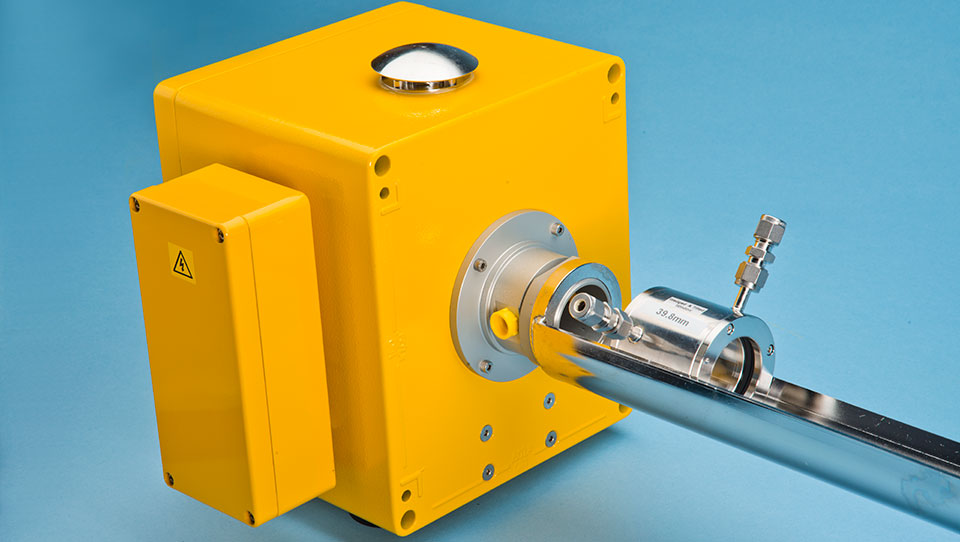
AUTOMATIC CALIBRATION AND QAL3 CHECKs
Automatic gas calibrations and function tests are possible to perform using flowing calibration gas and/or with sealed gas cells. In the latter case, the measurement cell is usually filled with a mixture of gases which makes it possible to check the function of the system for several different gas types according to QAL3 requirements. All results from automatic calibrations and checks are stored in separate data files and can be forwarded to reporting software for presentation and possible corrections of monitoring data.
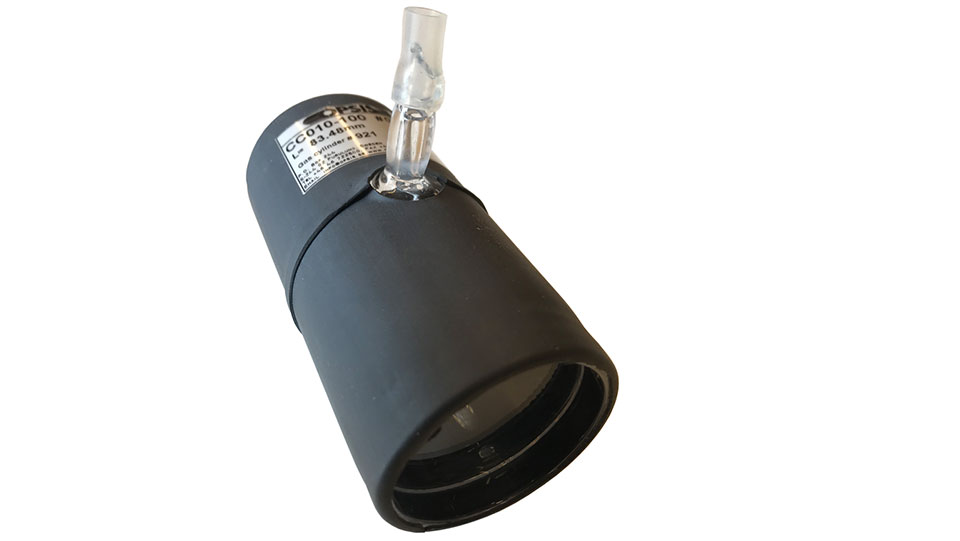
MULTIPLEXERS
An optical multiplexer is used when an OPSIS system has more than one monitoring path. The multiplexer is connected between the monitoring paths and the gas analyser. Measurements are then made in sequence along each monitoring path.
There are several models of multiplexers with the capacity to connect different numbers of monitoring paths. For DOAS systems, MX004 or MX009 is used. The LD500 laser diode gas analyser makes use of other types of multiplexers. In all cases, the multiplexer means that a single gas analyser can monitor in two or more gas channels. It provides a very cost-effective system solution.

ADDITIONAL SENSORS
OPSIS offers a wide range of sensors for different applications, e.g. for measuring pressure (BM101) and temperature (PT110). The sensors can be easily connected to the OPSIS monitoring systems through the OPSIS hardware and software for data collection.
In this context, the dust meter S305QAL should be given extra attention. It is excellently suited for measuring dust levels in waste incineration and power generation. The measuring principle is based on inductive charging. The compact unit is installed from a single side of the flue gas duct and provides a continuous signal of the dust content in real time. Lack of sampling means minimal maintenance. Thanks to the measuring principle, the influence of soiling, temperature and flue gas flow on the result is also minimised.
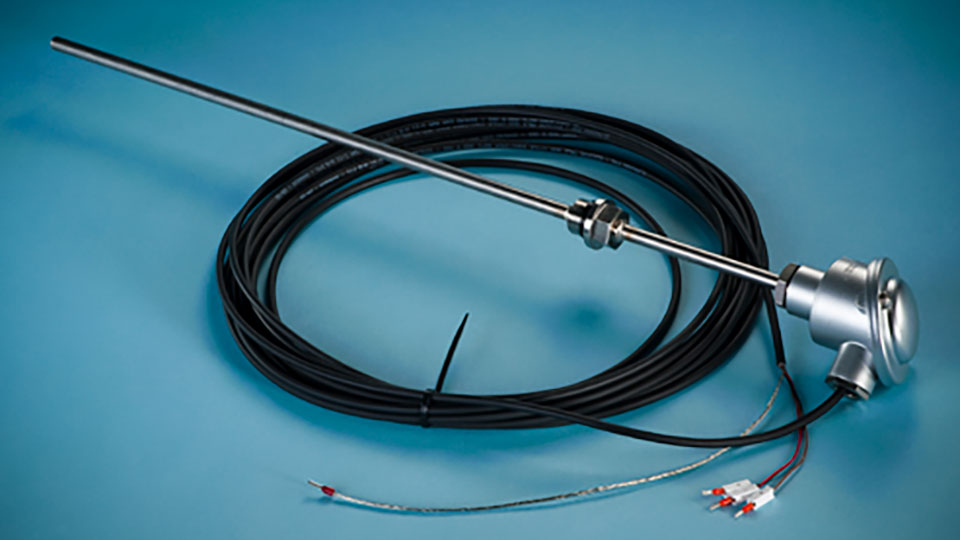
INSTRUMENT CABINETs AND INSTRUMENT HOUSINGs
Our air-conditioned instrument cabinets and instrument housings provide an optimal operating environment for the monitoring equipment. They are designed to operate trouble-free for many years in the most varied climates and environments, in all types of industrial applications. The houses also provide a comfortable and safe workplace for the staff who maintain and calibrate the instruments. The cabinets and housings can be equipped with sensors to monitor the humidity and temperature the instruments are exposed to. There are several different models of cabinets and houses to choose from. The choice depends on the application and on the extent of the monitoring equipment to be housed.
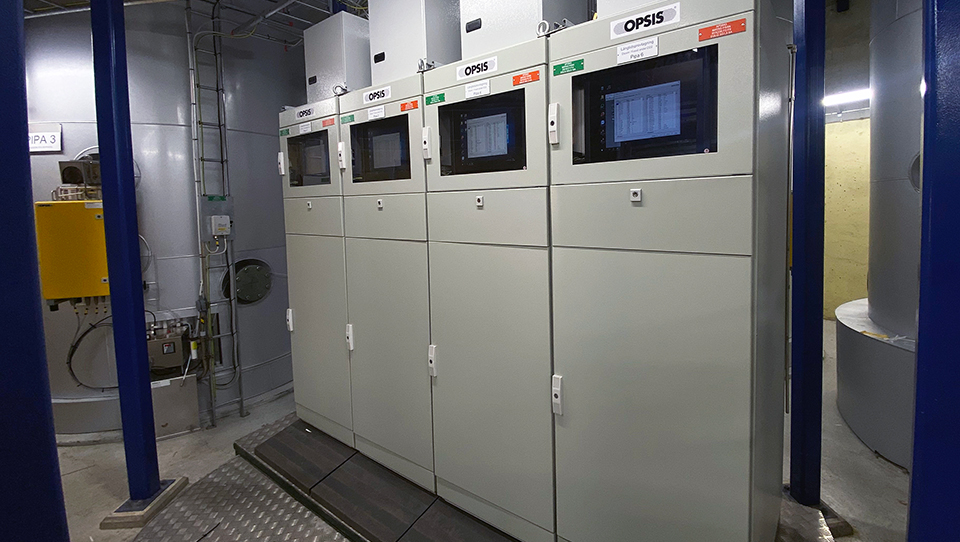
BLOGS ABOUT OUR PRODUCTS
On our blog you can read more about our products and what they are used for, for example:
Continuous Emissions Monitoring – What, Why, and How?

